

Scents of the Season: Are Essential Oils Safe to Use Around Pets?
Summary
Reflection Questions
Journal Prompt
During the holiday season, we all love a cozy candle, a luxurious hand lotion, or an uplifting essential oil in our diffuser. Essential oils have gained immense popularity for their varied aromatic and therapeutic properties, often touted for benefits ranging from stress reduction to enhancing home ambiance. Unfortunately, some essential oils are unsafe for pets. As such, using essential oils safely and following guidelines is essential to protecting your pet. In this article, we will discuss the delicate balance of harnessing the benefits of essential oils and ensuring the well-being of our animal companions. We hope that this article will serve as your introduction to which essential oils are safe and which pose risks to different pets, outlining the reasons behind these effects and offering guidelines for the cautious use of essential oils in pet-inclusive environments. Let’s get into it!
General Safety of Essential Oils Around Pets


Essential oils are highly concentrated plant substances. These oils, especially when suspended in carrier oils like coconut oil, jojoba oil, and avocado oil, can offer health benefits to humans. However, common essential oils can be harmful to cats, dogs, and other pets due to their potent chemical compositions and the way animals process these compounds. These oils contain various organic compounds, including phenols and terpenes, which can be toxic to pets if inhaled, ingested, or absorbed through a cat or dog’s skin.
Even essential oils that seem perfectly safe for dogs and cats can be devastating to a different particular animal. Whether you use them for herbal remedies or air fresheners, even a diluted oil can irritate your pet.
The toxicity can manifest in a range of symptoms from mild (such as skin irritation) to severe (including organ failure and neurological issues). The risk is elevated due to pets’ size and their unique metabolic processes, which differ significantly from humans. Additionally, pets, particularly cats, have a limited ability to metabolize certain compounds found in essential oils, leading to a buildup of toxins in their bodies.
Differences in Pets’ Sensitivities Compared to Humans
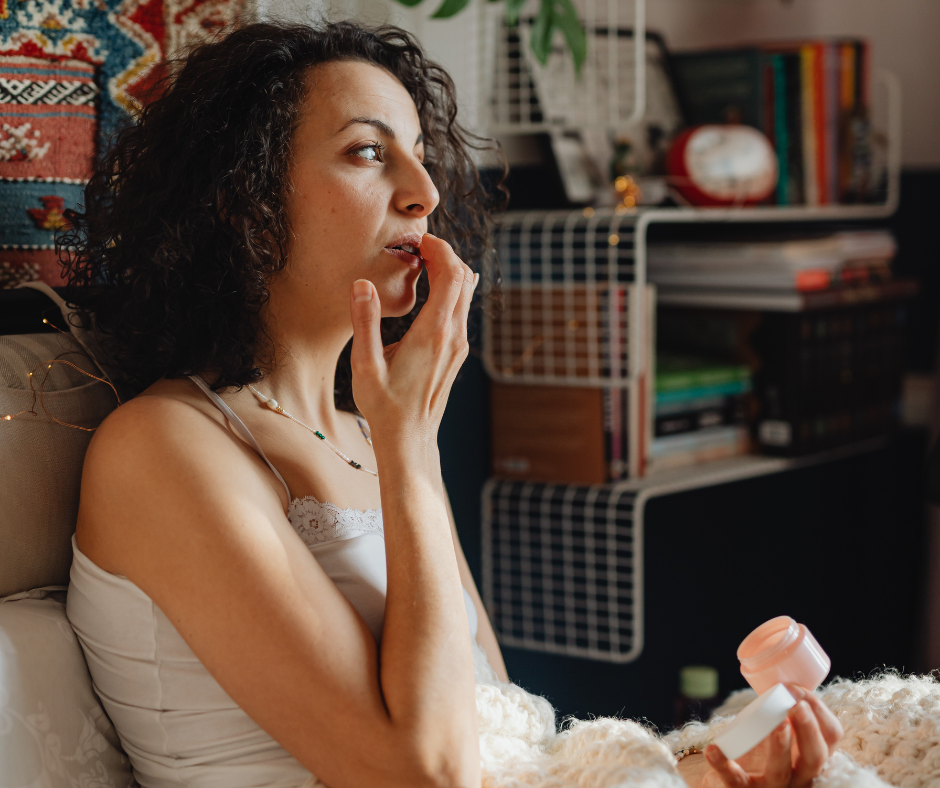

The physiological makeup of pets, especially their liver metabolism and skin permeability, differs markedly from that of humans, leading to different sensitivities and reactions to essential oils. Pets, such as cats and dogs, have less efficient enzyme systems in their liver for metabolizing and eliminating certain chemicals found in essential oils.
As a result, substances that are relatively harmless to humans can be toxic to these animals. Moreover, their keen sense of smell can make strong odors overwhelming and potentially harmful. It’s important to understand that the mere presence of these oils–whether you diffuse essential oils or apply essential oils topically–in the environment can be more impactful for pets, given their heightened sensory perception and different metabolic capacities. This difference in sensitivity underscores the need for caution when using essential oils in any space shared with pets.
Essential Oils That Are Dangerous for Pets
Toxic Oils for Dogs


Certain essential oils are particularly harmful to dogs. These include tea tree oil, which can cause weakness, muscle tremors, and depression. Other oils that are not safe for dogs include cinnamon, citrus, pennyroyal, peppermint, pine, sweet birch, wintergreen, and ylang ylang. These oils can lead to symptoms ranging from gastrointestinal upset to central nervous system depression and even liver damage in severe cases.
Toxic Oils for Cats


Cats are especially sensitive to essential oils due to their limited ability to metabolize certain compounds. Oils like citrus essential oils, lavender oil, peppermint, tea tree oil, and eucalyptus oils are known to be toxic to cats. Exposure to these oils can cause essential oil poisoning and symptoms such as drooling, vomiting, difficulty breathing, or even liver failure. If they ingest essential oils or are otherwise exposed to pure essential oils, symptoms can be even worse.
Toxic Oils for Other Common Pets
Birds and small mammals like rabbits or guinea pigs also exhibit sensitivities to essential oils. Birds are particularly susceptible due to their highly efficient respiratory systems; oils like tea tree, peppermint, and citrus can be harmful. Small mammals may experience respiratory distress or skin irritation from oils such as eucalyptus, tea tree, and peppermint.
Scientific Explanation of Essential Oil Toxicity
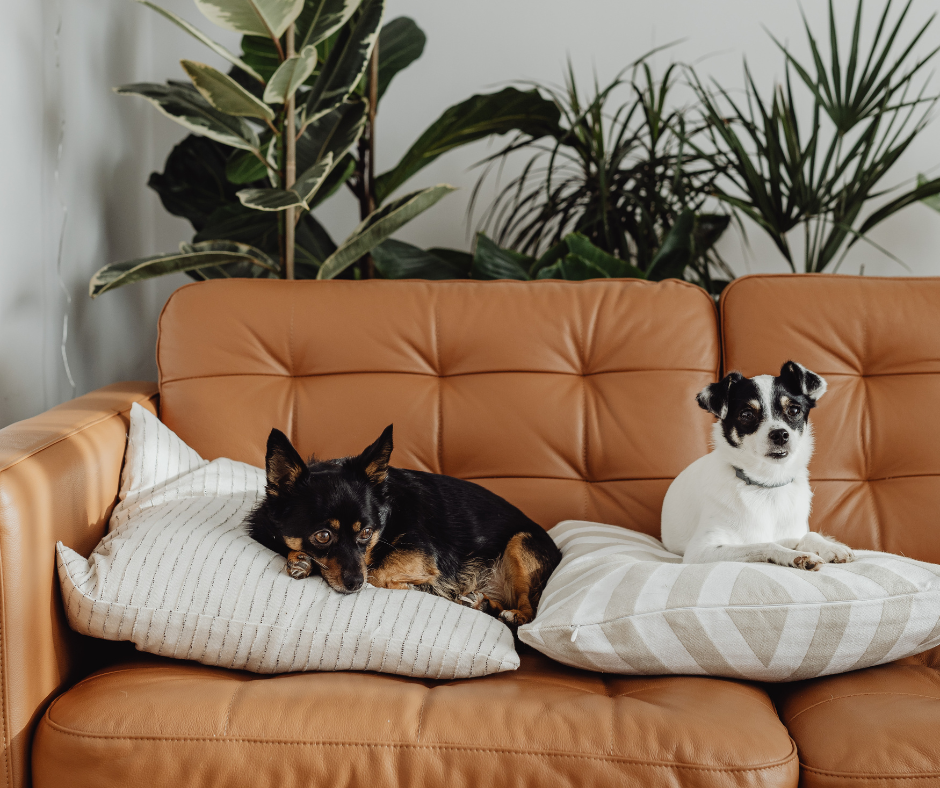

Why are essential oils dangerous for pets? The toxicity of essential oils to pets can be attributed to specific chemical compounds they contain. For instance, phenols and phenolic compounds, commonly found in oils like tea tree and cinnamon, are particularly toxic to cats. Similarly, compounds like menthol in peppermint oil and eugenol in clove oil can be harmful to dogs. These compounds can interfere with pets’ liver metabolism, leading to an accumulation of toxins.
Pets, especially cats, have a deficient glucuronidation pathway in their liver, which is crucial for metabolizing and eliminating many of the compounds found in essential oils. This means that their bodies cannot process these substances efficiently, leading to toxic buildup. Additionally, pets’ skin is more permeable than human skin, and their acute sense of smell makes them more susceptible to the effects of inhaled substances. This increased sensitivity means that even small amounts of certain essential oils can be harmful.
Understanding the specific dangers of certain essential oils and the physiological reasons behind pets’ adverse reactions is crucial for pet owners. This knowledge not only helps in avoiding the use of harmful oils but also guides in seeking timely veterinary care in case of accidental exposure.
Pet-Safe Essential Oils: Are There Any?


While caution is always advised, certain essential oils are generally considered safe for use around pets, provided they are used responsibly and in moderation. Of course, other essential oils are dangerous. Oils safe for dogs typically include chamomile, frankincense, and ginger. However, pet parents should use essential oils only according to manufacturer instructions whether they are diffusing essential oils or applying them to the skin.
For cats, the list of safe oils is more limited due to their heightened sensitivity, but small amounts of lavender and chamomile, when highly diluted, are sometimes used without adverse effects. It’s crucial to note that the safe use of these oils depends greatly on the quality of the oil, the method of application, and the pet’s overall health and specific sensitivities. Before exposing your pet to any essential oils at all, we recommend contacting your pet’s vet.
How These Oils Differ Chemically and Physiologically from Harmful Ones


The essential oils deemed safer for pets typically contain fewer toxic chemical compounds that are difficult for pets to metabolize. Unlike oils that contain high levels of phenols, ketones, or terpenes, safer oils usually have lower concentrations of these compounds or contain compounds that are less toxic to pets.
For instance, chamomile and lavender contain compounds that are generally less aggressive on a pet’s liver and skin. This reduced toxicity reduces the risk of adverse reactions in pets when these oils are used in appropriate, diluted quantities.
Precautions and Recommended Dilution Levels
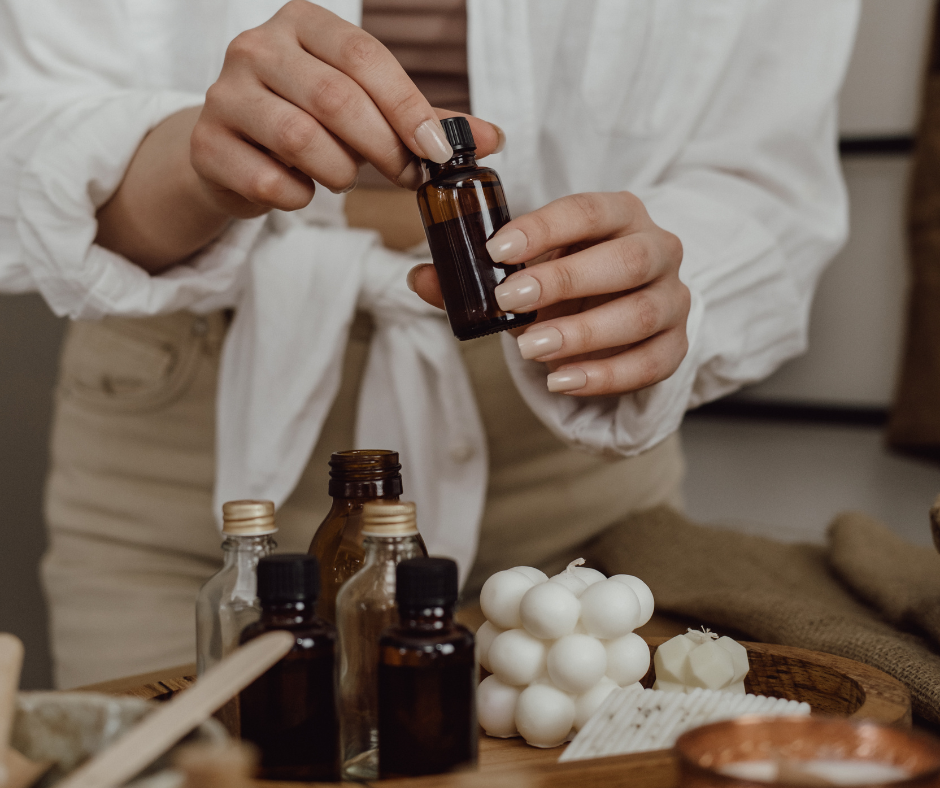

Even with essential oils considered safer for pets, precautions are essential. First and foremost, any essential oil should be highly diluted before being used around pets. A general guideline is to use a dilution ratio of 0.5-1% of essential oil in a carrier oil for topical applications.
When using essential oil diffusers with pets around, it is crucial to ensure the room is well-ventilated, and the pet has the option to leave the room if they find the scent overpowering. Additionally, you should only use an essential oil diffuser in moderation – typically, no more than 10-15 minutes of diffusing in a session.
It’s also important to observe your pet for any signs of distress or allergic reactions and discontinue use immediately if any adverse effects are noted. Consulting a veterinarian before introducing any essential oil into your pet’s environment is always a wise step, especially for pets with pre-existing health conditions or for specific advice on appropriate oils and usage.
Guidelines for Using Essential Oil Diffusers and Products Around Pets
Placement of Diffusers


When using essential oil diffusers in a home with pets, placement is critical. Diffusers should be positioned in a well-ventilated area, out of reach of pets to prevent accidental ingestion or direct contact with the oils. It’s important to avoid placing diffusers near pet bedding, food bowls, or in enclosed spaces where pets spend a lot of time.
Duration and Intensity of Diffusion
Limit the duration of essential oil diffusion to short periods (10-15 minutes) to minimize potential respiratory irritation in pets. It’s also advisable to use diffusers with adjustable settings to control the intensity of the scent. Starting with a low intensity and observing your pet’s reaction is a cautious approach. If there are any signs of discomfort or distress, it’s important to stop the diffusion immediately.
Safe Use of Other Essential Oil-Infused Products
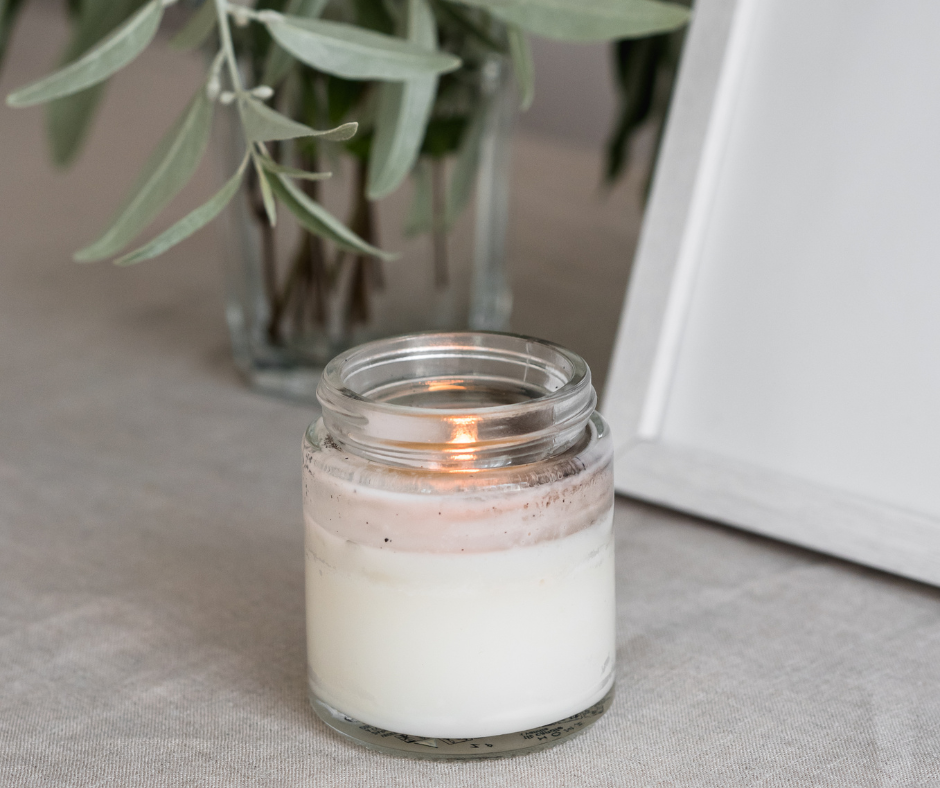

When using sprays, lotions, or other products containing essential oils on pets, ensure they are specifically formulated for animal use and approved by a veterinarian. For products used on humans, be mindful that pets can come into contact with these substances through licking or skin contact. Always wash your hands after applying such products to avoid accidental transfer to your pet.
Many cleaning products contain essential oils for their antimicrobial properties and fragrance. When using these in a home with pets, ensure the area is well-ventilated and that pets are kept away until the surfaces are dry and fumes have dissipated. It’s also prudent to use such cleaning products sparingly and to opt for pet-friendly alternatives when available.
Importance of Ventilation and Pet Escape Routes
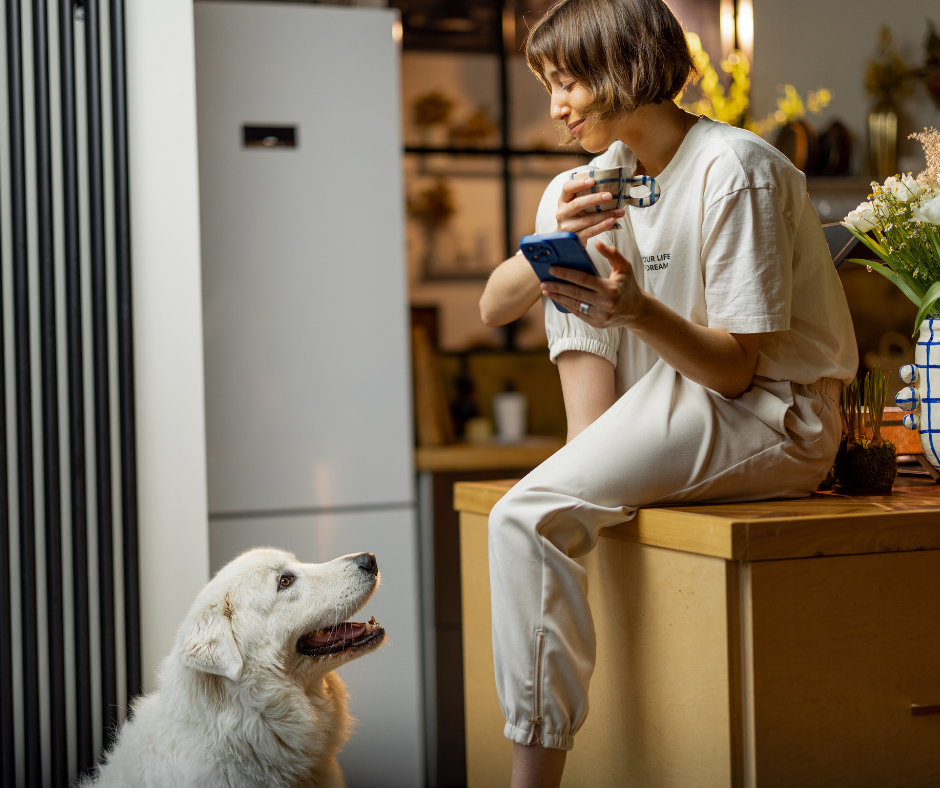

Maintaining good air circulation is essential when using essential oils or related products in a home with pets. Ventilation helps to disperse oil particles in the air, reducing the intensity of the scent and potential respiratory irritation. Ensure windows or doors are open, or use fans to aid in air circulation.
Additionally, pets should always have the option to leave a room where oils are being diffused or where products are being used. Providing a safe, comfortable space where your pet can retreat ensures they can escape from potential irritants and reduces the risk of overexposure.
Adhering to these guidelines helps to mitigate risks associated with essential oil use in homes with pets. It is important to prioritize the health and comfort of pets when enjoying the benefits of essential oils, ensuring a safe and harmonious environment for all.
Recognizing and Responding to Essential Oil Toxicity in Pets
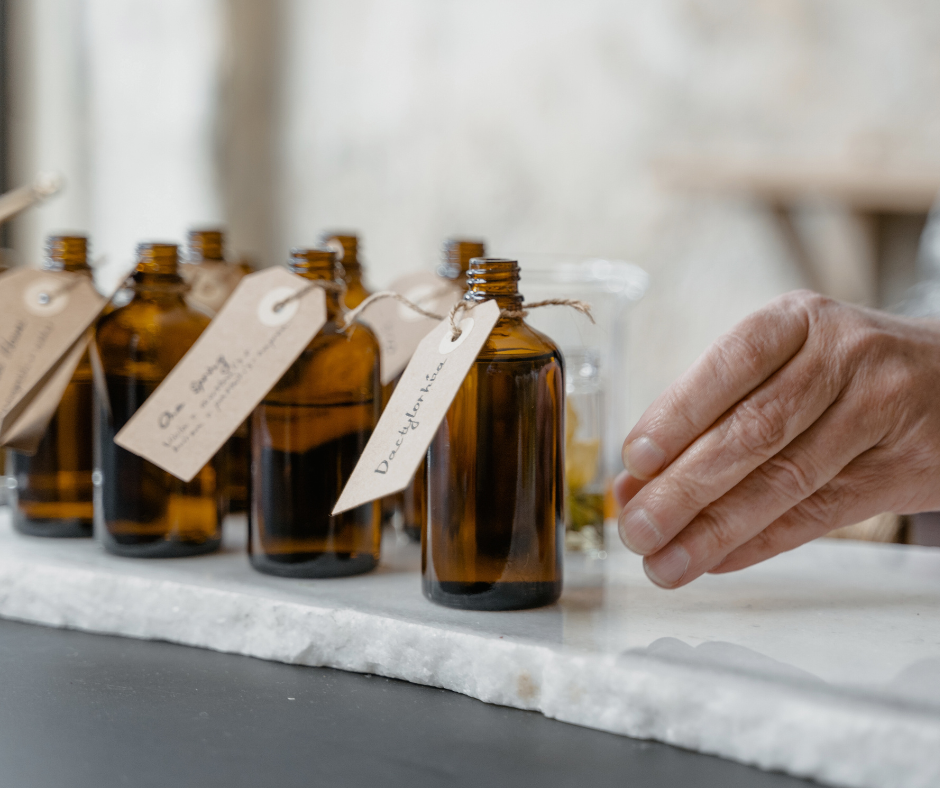

Recognizing the symptoms of essential oil toxicity is crucial for ensuring the safety and health of pets. These symptoms can vary depending on the type of oil, the method of exposure, and the pet’s species. Common signs in both dogs and cats include difficulty breathing, drooling, fatigue, muscle tremors, weakness, and uncoordinated movement.
Cats may also exhibit signs such as excessive licking, pawing at their face or mouth, redness or burns on the lips, tongue, skin, or gums. Birds might show respiratory distress, and small mammals could have changes in behavior or appetite. These symptoms can develop rapidly, and prompt recognition is vital for effective response.
Immediate Steps to Take if Toxicity is Suspected
If essential oil toxicity is suspected, the first step is to remove the pet from the area of exposure to prevent further inhalation or contact. If the oil is on the pet’s skin or fur, washing the area with mild dish soap and water can help reduce further absorption.
It is important to avoid using any home remedies or inducing vomiting unless specifically instructed by a veterinarian, as this could worsen the situation. Remove any remaining essential oil products from the pet’s environment to prevent re-exposure.
When to Seek Veterinary Care
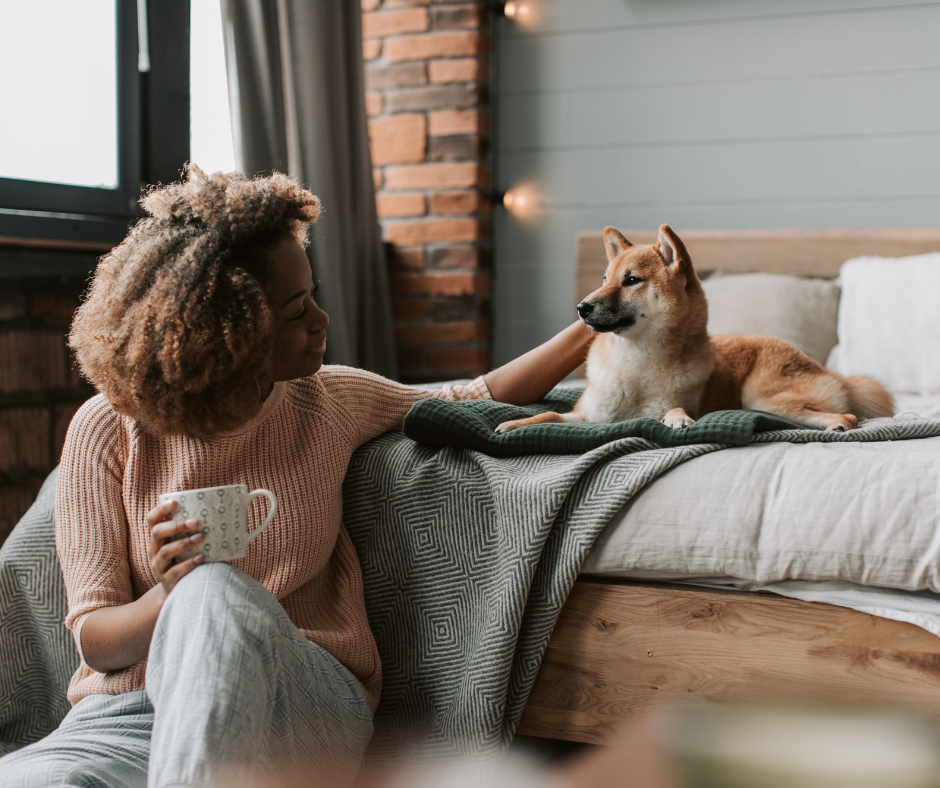

Veterinary care should be sought immediately if a pet shows any symptoms of essential oil toxicity. Even if the symptoms appear mild, consulting a veterinarian is crucial, as some effects of toxicity may not be immediately apparent.
Early intervention can be key to preventing more serious health consequences. When heading to the veterinarian, it is helpful to bring the essential oil product or a list of its ingredients, as this information can assist in determining the appropriate treatment. In cases of severe symptoms like seizures, unconsciousness, or severe respiratory distress, emergency veterinary care is necessary.
Understanding the signs of essential oil toxicity and knowing how to respond can significantly impact the well-being of a pet. Pet owners should be vigilant and cautious when using essential oils, always prioritizing the safety of their animal companions.
Final Thoughts on Using Essential Oils Around Pets
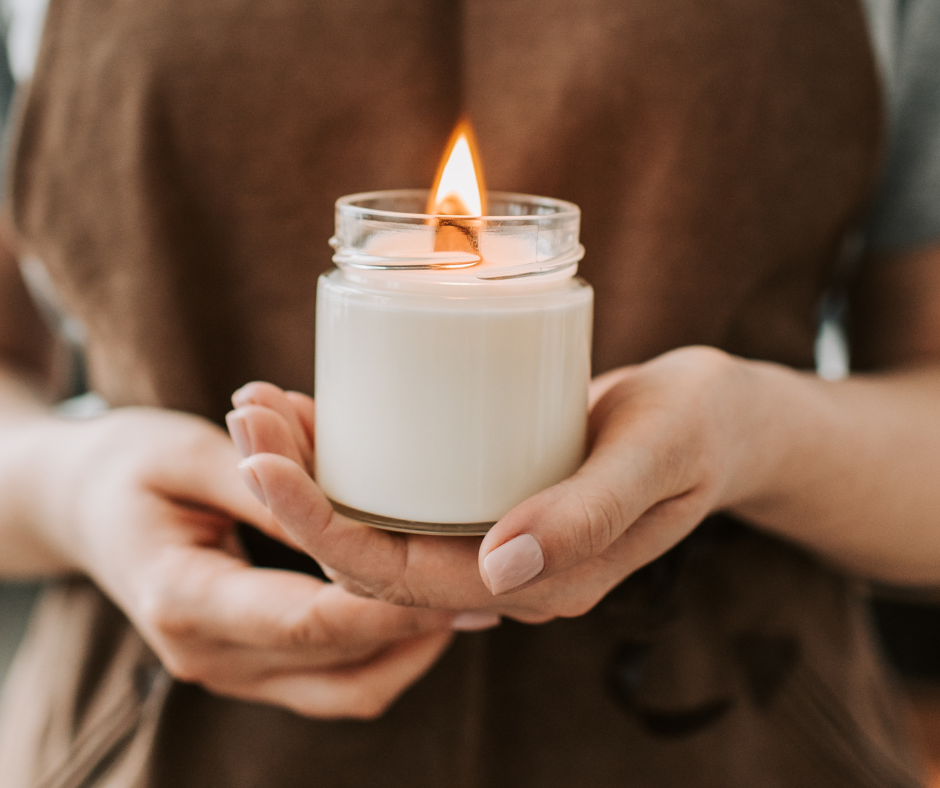

While certain oils are deemed safer, the potential risks associated with their use cannot be overlooked, particularly given the varied sensitivities of different animals. Essential oil toxicity can manifest in multiple ways, and prompt recognition and response are crucial for the well-being of pets.
The key to safely enjoying the benefits of essential oils in a household with pets lies in informed and cautious use, considering factors such as dilution, application, and environmental exposure. Ultimately, pet owners should seek a balance that prioritizes the health and comfort of their pets while enjoying the aromatic and therapeutic properties of essential oils.
For tailored advice and guidance, consulting with a veterinarian is invaluable, ensuring decisions are made with the best interest of each specific pet in mind.








